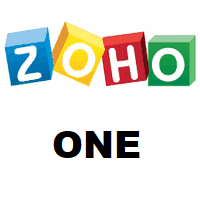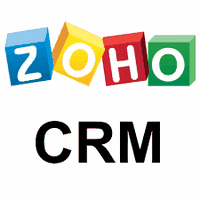 Wow! As hard as it is to believe the ACT! software program turned 25 this month. If you’re into numbers that translates into 14 versions, five named owners and millions of users.
Wow! As hard as it is to believe the ACT! software program turned 25 this month. If you’re into numbers that translates into 14 versions, five named owners and millions of users.
I received an e-mail this week from a long ACT! user who was complaining about everything from the confusing naming conventions for ACT! software to the fact that his old ACT! wouldn’t do any “new tricks” but that the “new” ACT! wouldn’t run on his “old” computers.
I for one could not return to the “old” ACT! software because I would miss the “new” features too darn much. My two most favorite features – Groups and Opportunities – were features that I advised my clients against using in ACT! 6 because of their limited functionality. Other favorite “new” features include the great integration between ACT! and Outlook, Relationships, and the Web Info tab which were only added within the last several years.
There is always something of a “chicken and an egg” effect between hardware and software. The powerful new tools that are added to software require power new hardware. In turn, you can’t really utilize powerful new hardware until you use it with new software. So how does this effect ACT!? Well, if you want to use ACT! just as a glorified Rolodex you can use your old clunker of a machine with an old version of ACT!. But if you want to enter the 21st Century and take advantage of those “newfangled features” such as e-marketing and social networking you’ll need to have updated software and hardware.
As far as naming conventions are concerned, I don’t think anyone realized back in the 80’s how dependent we would become on technology or how rapidly technology would change. In ACT!’s case, the first four versions were titled ACT! 1, 2, 3 and 4 because that was the way software was named back then. Some of you old fogies might remember Word Perfect 5.1 or even Microsoft Word versions 1-5.
By the mid 90’s Microsoft decided to name their products based on the year of their release and many other software developers followed suit. ACT! 6 became known as ACT! 2002, 2003 or 2004 depending on the year of creation.
In 2005 ACT! moved to a yearly release cycle which made those original version numbers a bit easier to understand. The trick is to simply add “2” to the official ACT! title to find the version number so ACT! 2012 is also ACT! 14. And yes, if a user gives ACT! a nickname such as referring to ACT! 2009 as “9” it can get a bit confusing!
As far as ACT!’s future is concerned, it’s hard to predict. ACT! was the first true contact manager and paved the way for many other competing products. Ironically, much of the new functionality added to ACT! each year is either copied by these competitors or was already there. However, ACT! is the only software in the CRM segment that has a 25 year long track record and has been around twice as long as any of its competition.
Happy Birthday, ACT!. Here’s to another 25 years of continued success!





